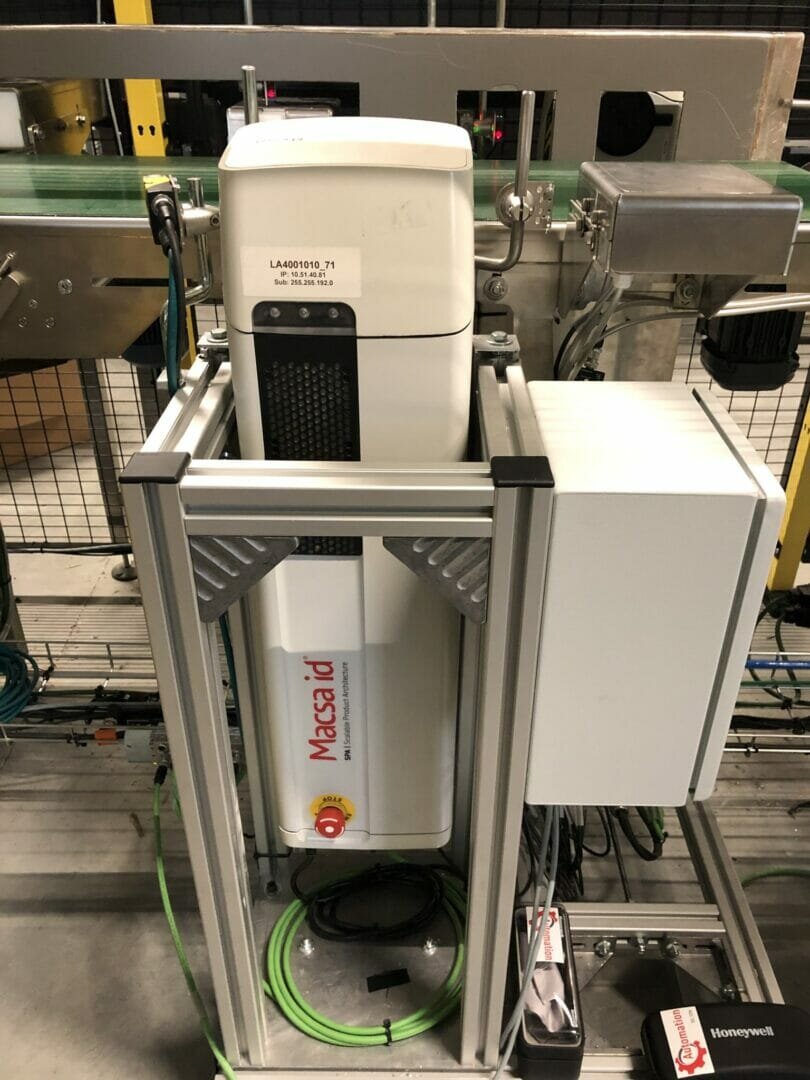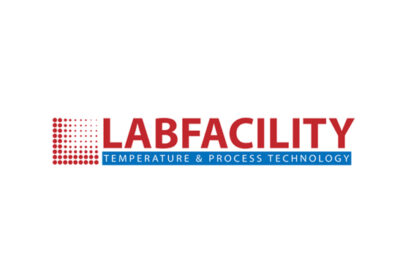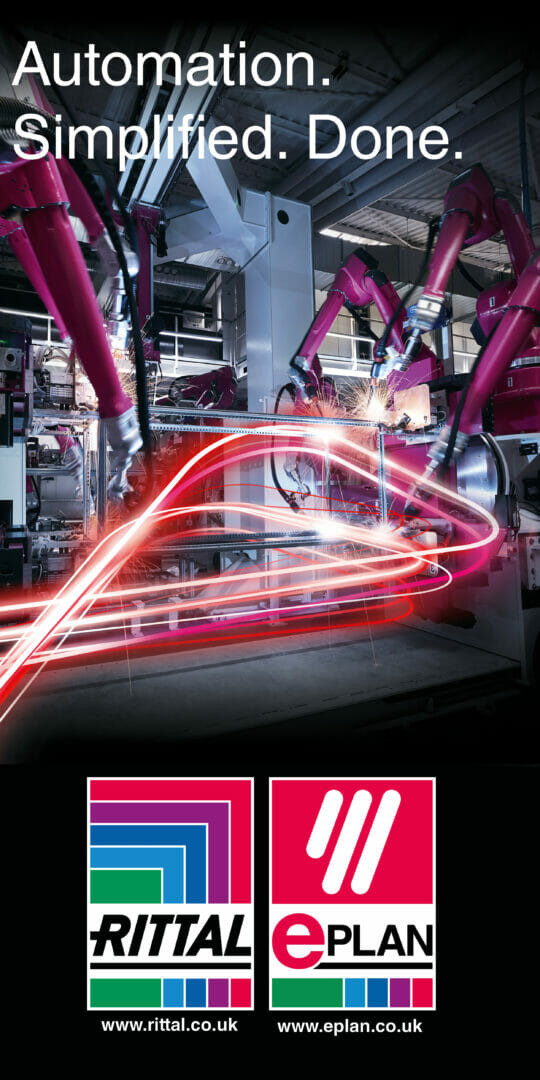CO2 Laser marking technology beats inkjet printers in three-month trial due to lower total cost of ownership, reduced downtime and reliability
After a three-month trial period against inkjet printing technology, Macsa ID (www.macsa.co.uk) – leading manufacturer of advanced coding and marking equipment – has installed 17 SPA C10 laser marking systems with beam expanders at Belgium-based global parts and accessories supplier TVH’s new logistics centre where they are applying two-dimensional (2D) codes to some 192,000 cardboard boxes per day. Proven to significantly reduce production line stoppages and downtime, the laser solution was chosen for its state-of-the-art, modular design, reliability and lower lifetime cost of ownership.
TVH is a global supplier of parts and accessories for material handling, industrial and agricultural equipment with customers in more than 170 countries, and has been split up into two business units: TVH Parts and TVH Equipment. The company continually invests in automation and optimisation of its logistical processes to improve its service.
With its head office in Waregem, Belgium, TVH contacted Macsa’s exclusive distributor Codipack when it required an up-to-date coding solution for its new logistics centre. With previous experience of print and apply technology, TVH originally planned to use a similar system to apply a unique 2D code on two sides of each cardboard box.
The codes contain ten numeric numbers, measure approximately 12mm x 12mm in size with the purpose of identifying the box at each stage of the logistics process, right up until shipment.
Once a box is identified by a reader / scanner, it continues to the picking department where the same unique code is scanned again and it is filled with the designated products. The shipping list is added once the code is scanned at the next step.
After that, the scanned code identifies which cover needs to be added. In the final stage, the unchanged code indicates which shipping label needs to be applied to the box. Given its importance at every part of the process, the quality and readability of the 2D codes is vital.
Rather than opting for another print and apply system, TVH chose to install an inkjet printer and Macsa laser unit on a test line over a three-month period. At the end of the trial, the Macsa SPA C10 laser solution was proven to be more reliable and offered a better total cost of ownership.
The Macsa SPA C10 laser model offered a number of advantages over inkjet. It does not require consumables which represented a potential saving of 140,000,000 labels per year. Plus, there are no stoppages on the production line due to label roll replacements or more unplanned production stoppages or losses.
Macsa also won this project due to the technical back up and the laser’s state of the art, modular design which allows the tube or head to be changed with minimal fuss.
A total of 16 Macsa SPA C10 lasers were installed across eight production lines with a spare included as part of the solution in case of any emergencies. The installation runs 24/7 and marks some 192,000 cartons per day or 1,344,000 cartons per week.
The fast and powerful Macsa SPA C10 laser utilises CO2 technology and is designed to meet the most demanding coding requirements. It is ideal for industrial and packaging manufacturers as it can be used on paper, cardboard, glass and a variety of plastics. With a range of optional features and speeds, it can be optimised for individual needs.
A spokesperson for TVH comments: “We made a total cost of ownership calculation and it became clear that the laser was the best solution.
“The choice of Macsa’s laser was made because when using labels we had a lot of stoppages on the line to change labels and the position was not always accurate.
“The inkjet printer gave problems with print quality due to ink drying out of the nozzles. With the Macsa lasers, we have no more production losses or stops.”






